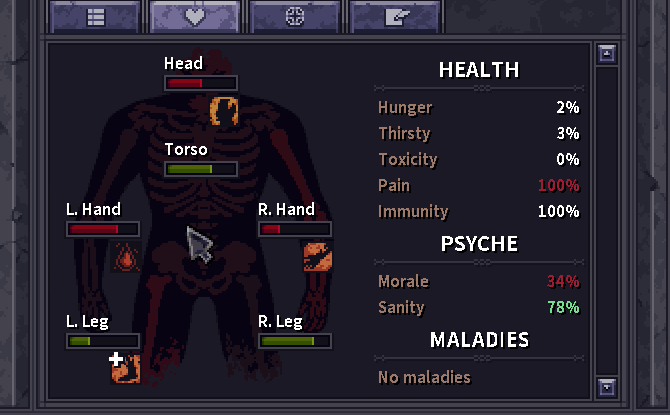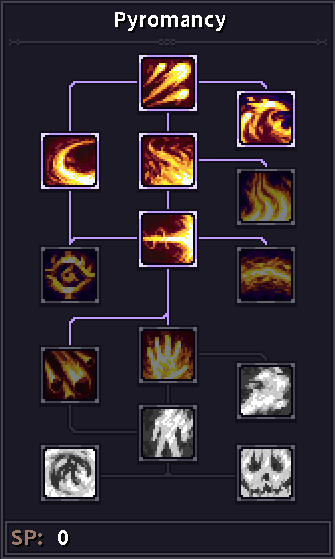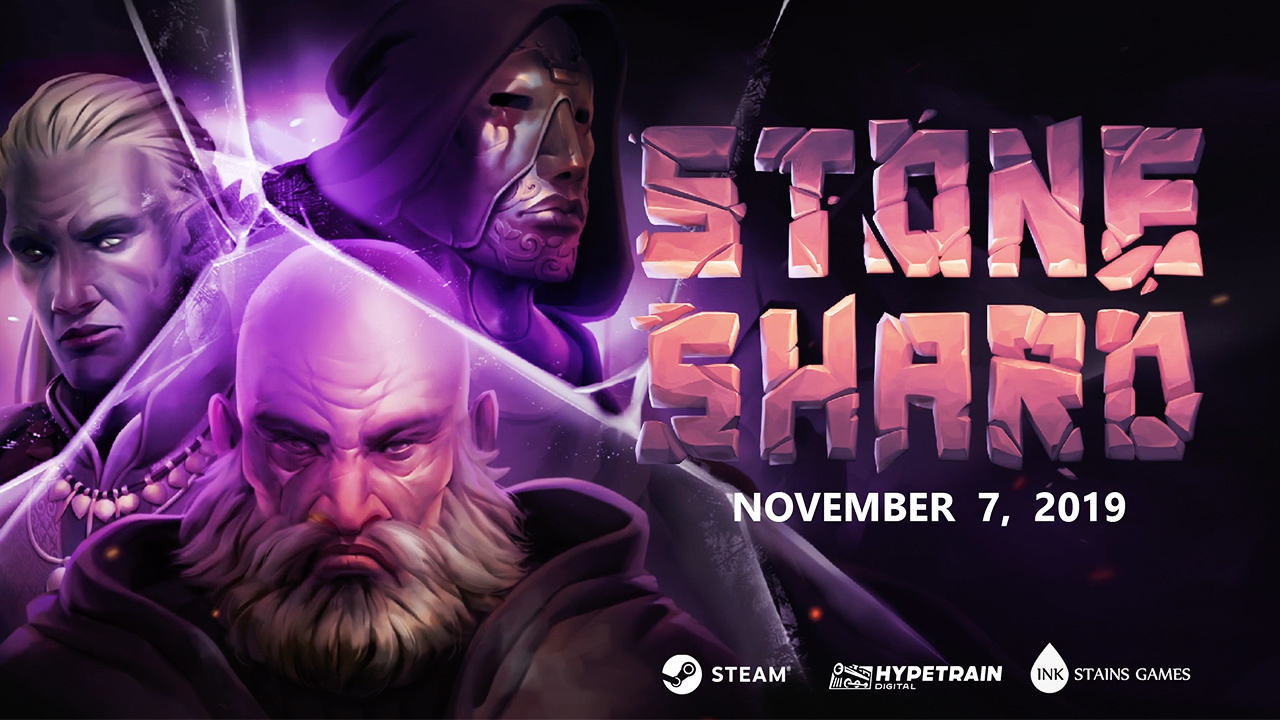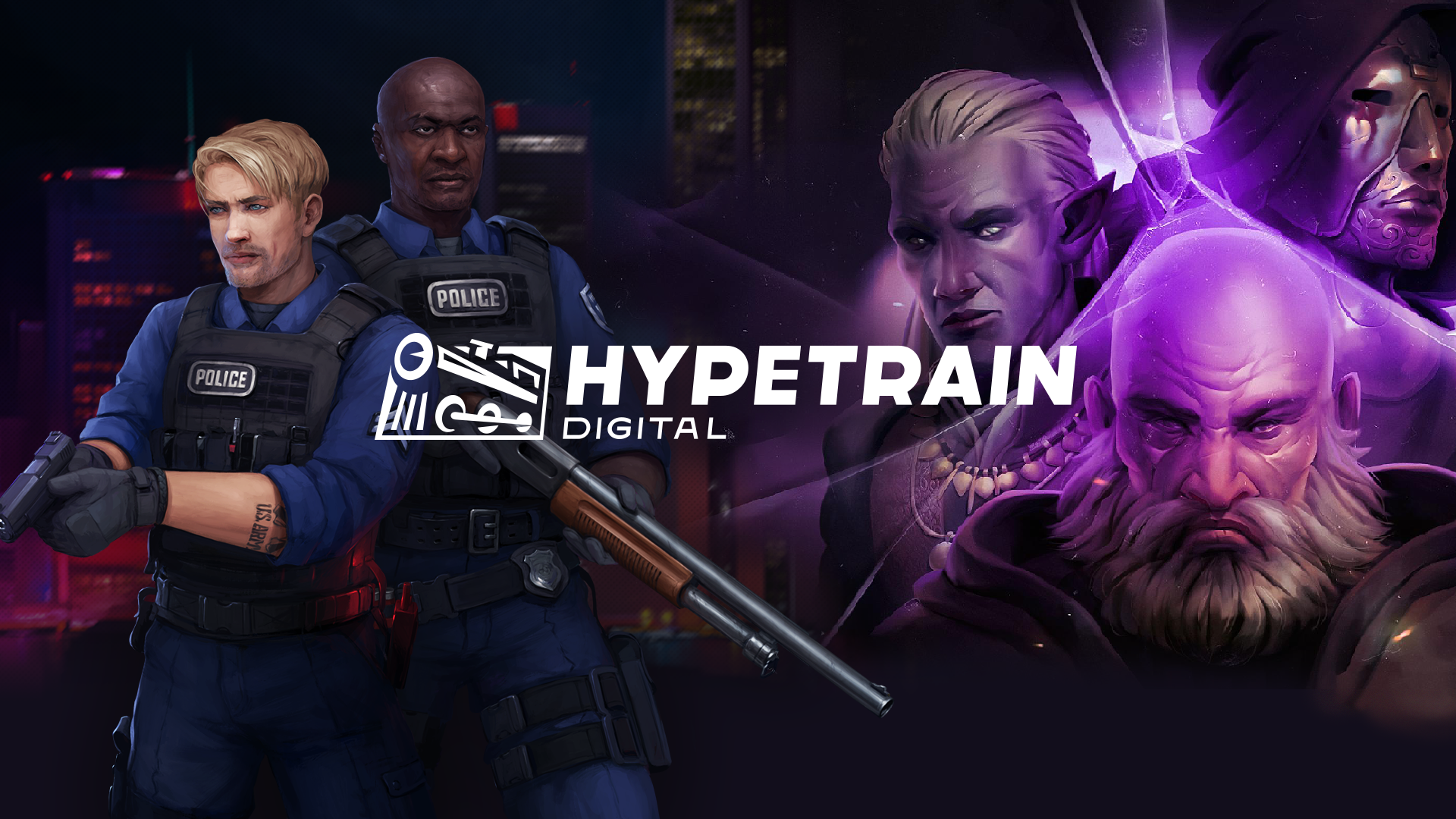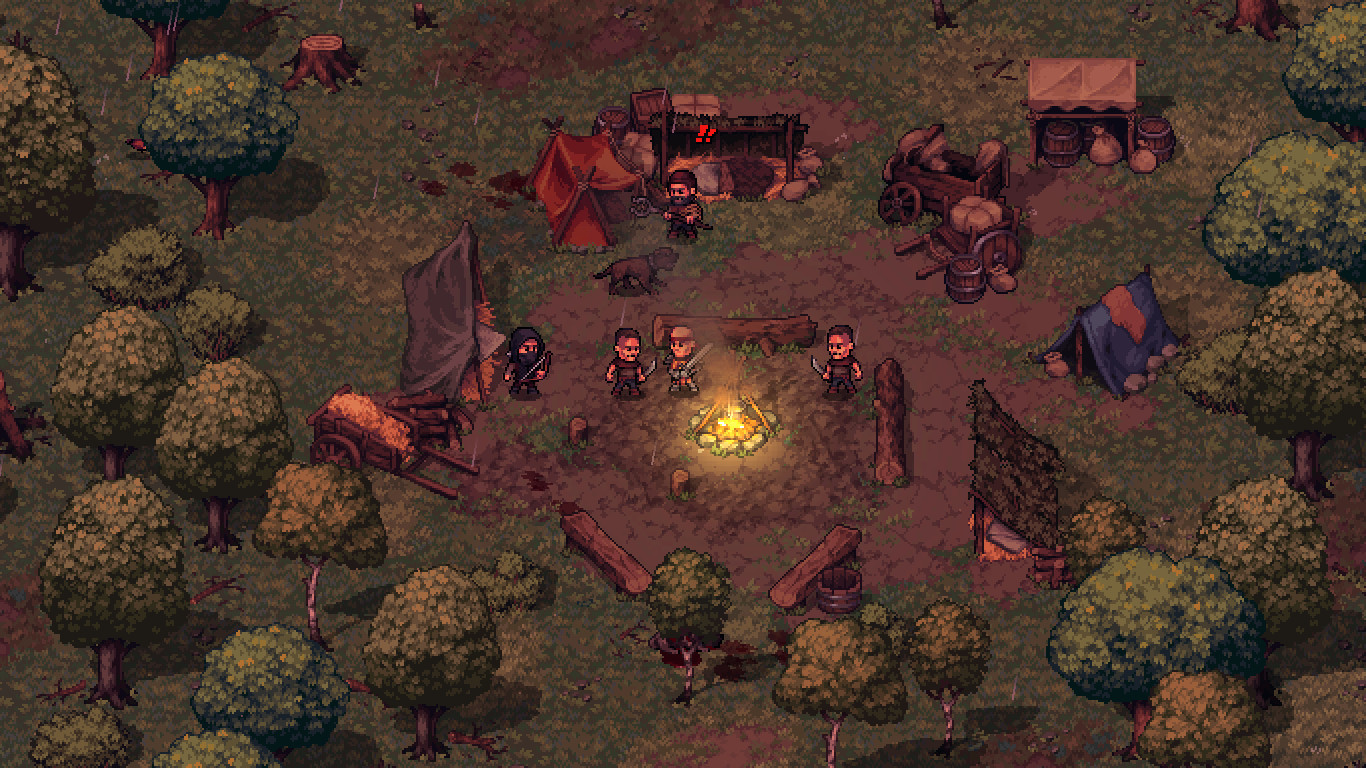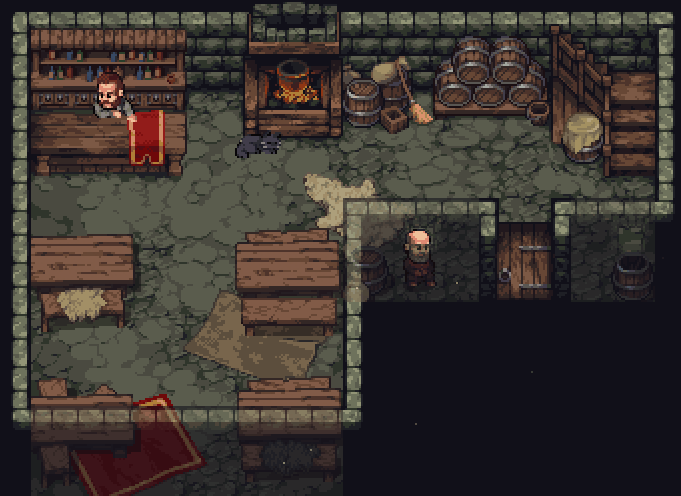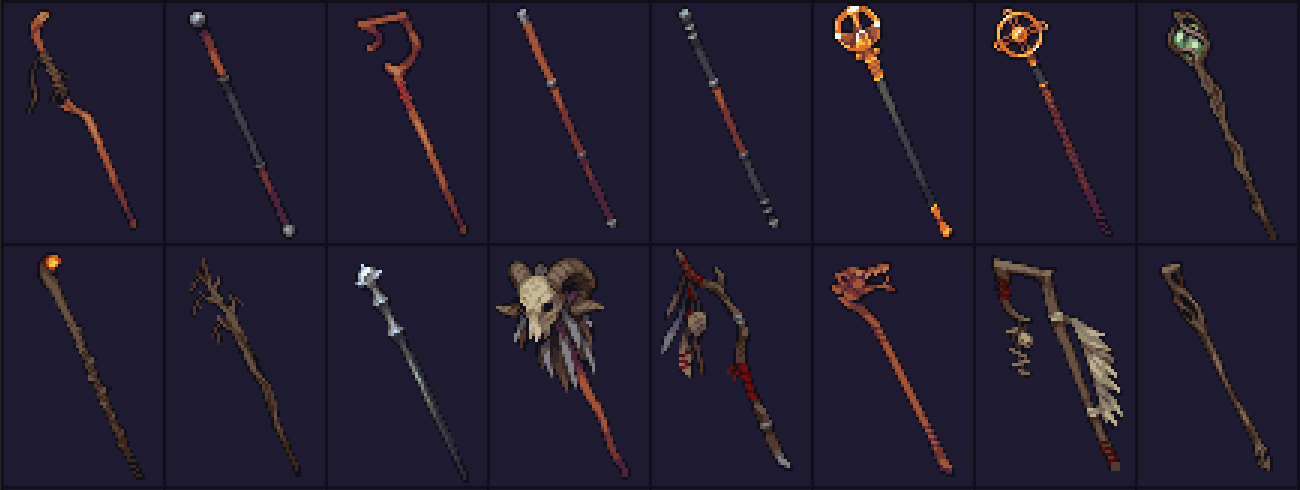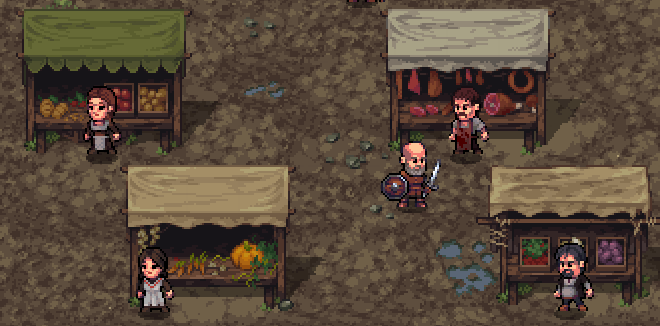
Aug 19, 2019
Stoneshard - Wayfinder

Hello!
There was a period of silence recently, but for a good reason – we are very busy adding and calibrating new skills. There’re still some tweaks to be done, so in meanwhile we decided to show another important aspect – equipment. So let's not protract the introduction any longer and jump right to the interesting stuff.
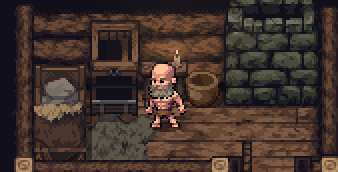
Press F for Fashion
All this time our game’s setting was smoothly drifting towards a rather realistic and gritty low fantasy – which of course affected the equipment. Over the past weeks we have added a huge number of new items (100+!) – and most of the old ones you’ve encountered during your Prologue runs were reworked from scratch. Now we try to rely mostly on historical sources for references and inspiration: specialized literature, museum exhibits or some historical re-enactment. Of course, there are exceptions too – this is especially true for various legendary and set items, which will feature a more fantasy-ish design.
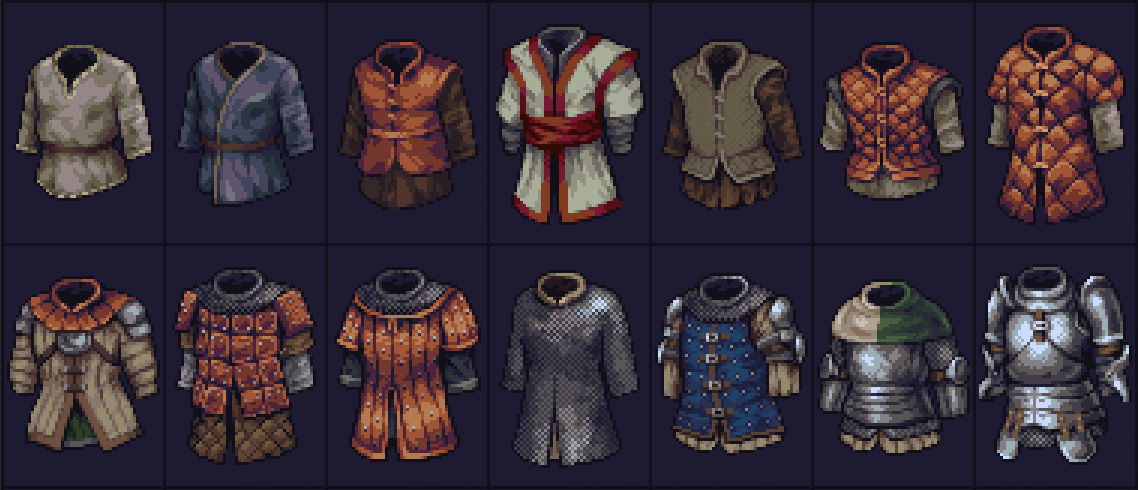
Chestpieces are, of course, the most important part of your armor. We gave up the idea of independent light, medium and heavy armor rosters, and instead decided to take a more logical approach, redistributing all armor by the defense level in a single roster. Thus, the high-level Royal Ranger’s Gambeson won’t protect your better than some starter tier heavy armor – it will be superior to the rest of the light armor but won’t match even mediocre chain mails or brigandines.
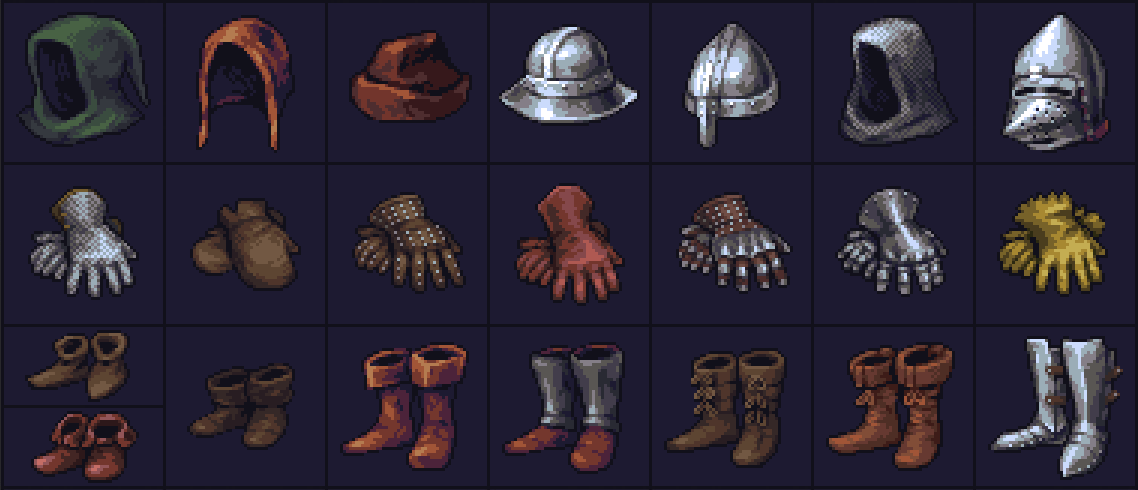
In addition, different armor will differently protect against various types of damage – for example, chain mail is very resistant to slashing blows, but is almost useless against spears; while plate armor offers well-balanced protection against most physical weapons. But be wary: plate armor is incredibly expensive, so maintaining it in good condition will cost a pretty penny too.
There are some other disadvantages as well: hostile pyromancers and electromancers will possess much more danger to you. Heavy secondary equipment will also have some drawbacks: visoreal helmets reduce visibility (though you’ll be able to lift the visor up), the sabatons are significantly noisier, and plate gloves make fencing a bit more difficult.
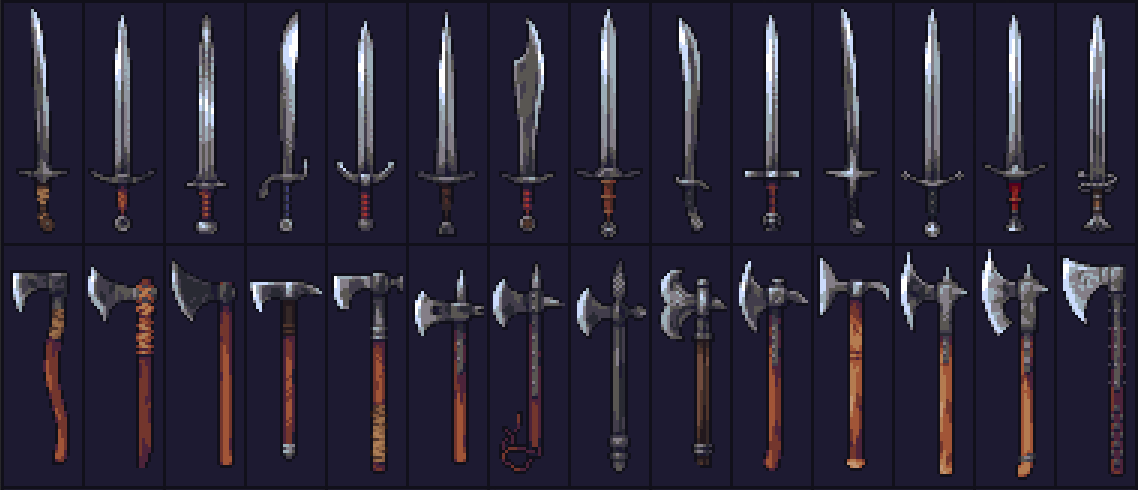
The same applies for weapons. Swords, for instance: home-made blades and cheap falchions will be your starting point, but in the endgame you’ll have a possibility to wield some mighty arming swords. We’ve also created a whole bunch of so-called Exotic items – equipment of non-Aldor origin in other words. The idea is to encourage world exploration: randomly met elven merchant may offer you some famous Jibean scimitars, and a group of dwarven hirelings may be armed with some well-crafted nordic swords. Such items are usually slightly superior to their Aldor counterparts stat-wise.
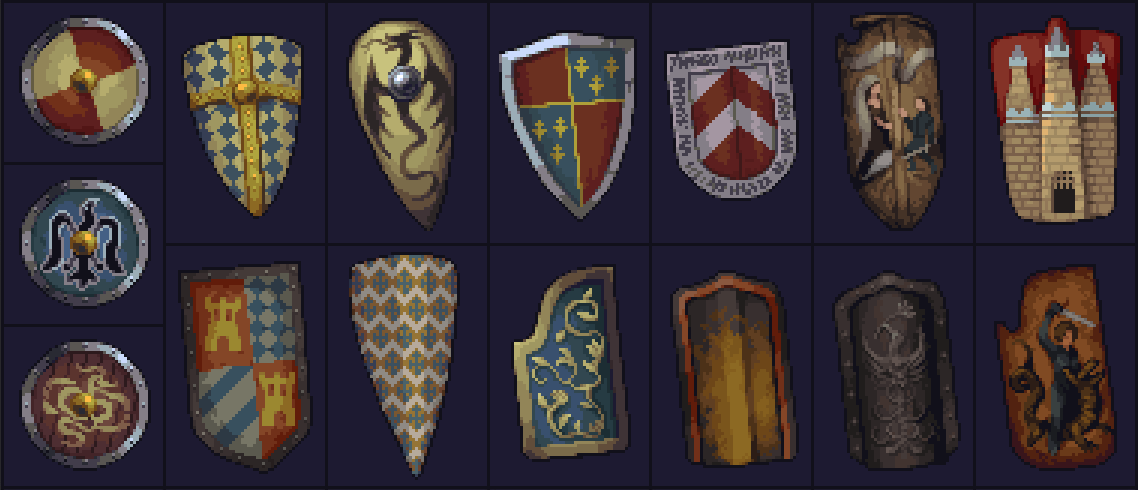
And now something for all you shield-lovers – shields initial roaster is represented by unpretentious wooden samples, but at high levels there will be more choices: from elaborate bucklers and heater shields to pavises and kalkans.

Could you guess the magic schools these staves belong to?
And, of course, mages. At the game’s start their equipment progression isn’t very diverse; however, everything changes during endgame, when you will be able to purchase more expensive garments. A wizard dressed in his Circle’s mantle and wielding an appropriate staff will receive a significant boost to his school’s spell power.

From left to right: apprentice, arcanist, pyromancer, electromancer, geomancer, psimancer, cryomancer
That’s all for today! Well, not quite: here comes this sweet little GIF, demonstrating swords skill rotation in action (WIP). By the way, what weapons skills would you like to see next? Let us know in the comment section!

See you soon!
================================
Follow us on Steam so you won't miss any updates from us!
Also you can follow us on:
https://store.steampowered.com/app/625960/Stoneshard/






